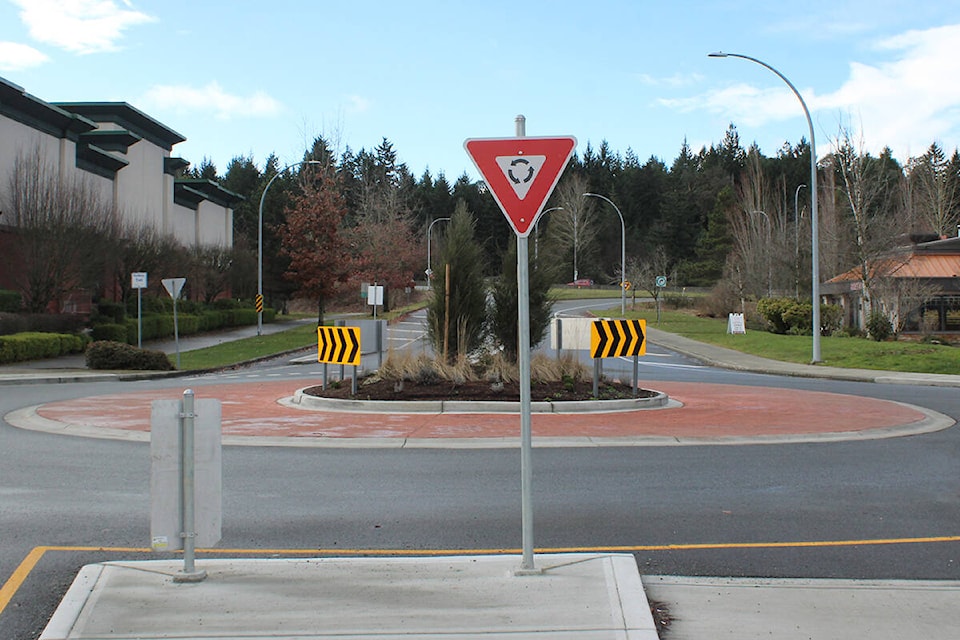BY SAMPREET SIDHU
Since an early age, the concept of roundabouts has fascinated me most in urban planning, and coming from a city where these beautiful ‘circular intersections’ are the heritage and face of the city, I have observed them closely every time I cross. I always had a positive viewpoint about them, but not everyone does, and a sizeable number of industry professionals oppose them. Being a master of community planning student made me learn and understand the efficiency of these structures in designing and planning transportation systems in our cities.
Why roundabouts?
The basic need for these circles at intersections is to help the traffic flow move smoothly and reduce the speed of vehicles. But the ones that were built during the second half of the last century favoured the movement of cars with their large diameters. The modern roundabouts, or the second generation of them, focus on circles and have smaller dimensions.
More and more countries are picking up the roundabouts, with European countries being the leader as they noticed their traffic-calming properties, but at the same time, it also becomes difficult for trucks and buses to move around the shorter roundabouts.
Modern roundabouts have proven to enhance the performance and safety of intersections. They have improved traffic flow and reduced vehicle idle time, cutting down on emissions and fuel consumption, which has resulted in an environment-friendly approach. Studies by the Insurance Institute for Highway Safety and other researchers supported this.
A new circle in Nanaimo
The City of Nanaimo constructed a new roundabout near Woodgrove Centre last year partly to reduce collisions involving fast-moving cars between two highways intersecting Mary Ellen Drive. A major aspect of the upgrade was improving pedestrian safety. The previous crosswalk span on Mary Ellen Drive was unsafe and contributed to traffic congestion, as it covered a width of five lanes. The new design addresses this issue by reducing the pedestrian crossing span to just two lanes, which I have experienced while crossing this intersection on foot, seeing improved safety and traffic flow.
Roundabouts for all
One of the major questions about this type of intersection’s efficiency is whether it is safe for pedestrians and cyclists. Splitter islands are raised or elevated structures located at the approaches to roundabouts, and splitter islands at roundabout approaches provide a refuge for pedestrians. These islands allow pedestrians to cross the street in two stages, enhancing safety. This is what has been done in the above-highlighted case of Nanaimo.
Future course of action
There is nothing perfect in urban planning. Roundabouts could be either beneficial or not at the same time. The difference is created when we adapt to local needs, as the same formula cannot be applied everywhere. Just by changing the design, structure, and size of a roundabout according to the requirements of a place, we can create some better-functioning junctions on our Nanaimo roads that can be safer for all and environmentally friendly at the same time.
Sampreet Sidhu is a master of community planning student at Vancouver Island University.
